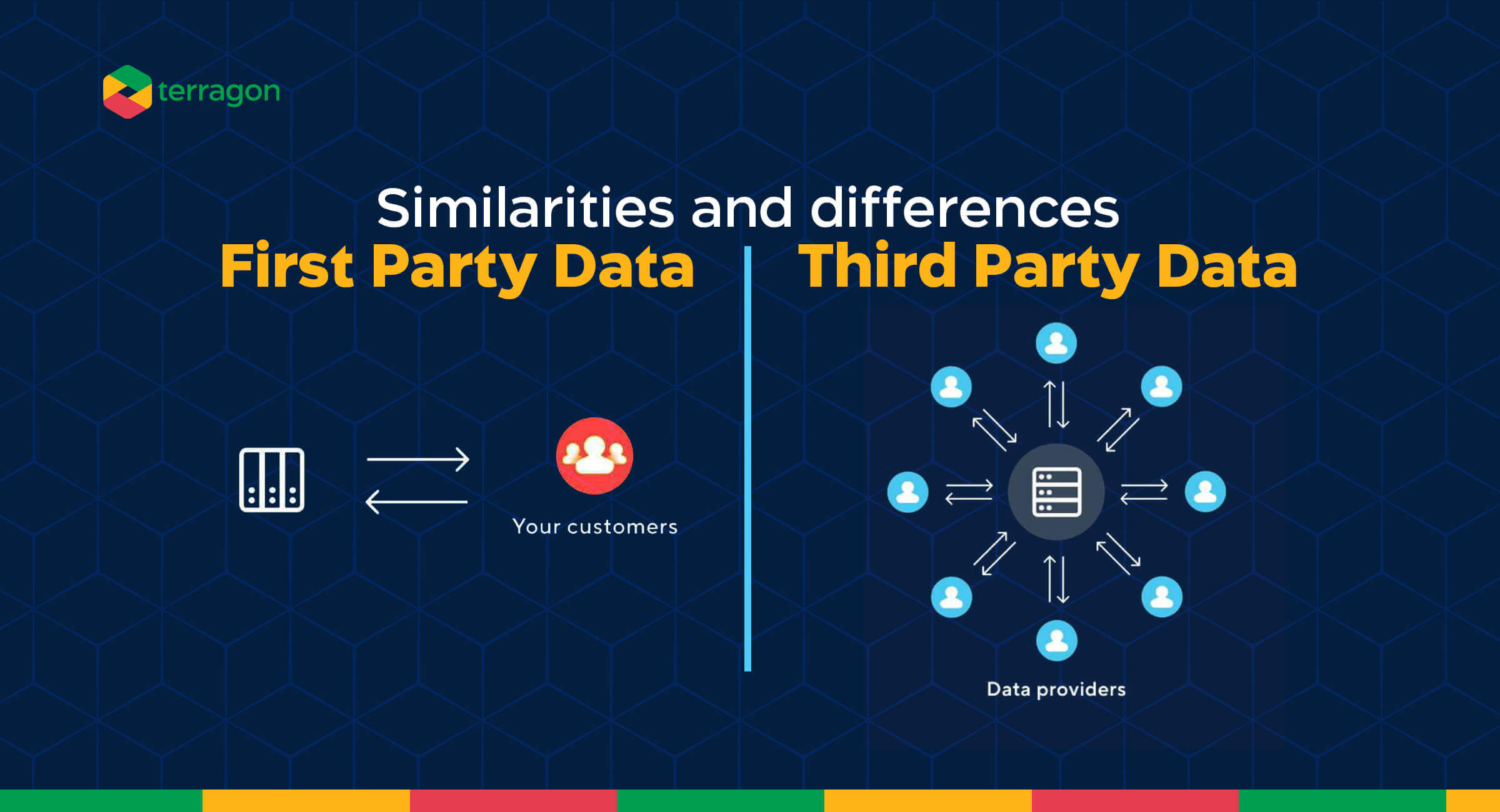

JULY 21, 2022

Uche was promoted as the new research director of Saleem Foods, a multinational FMCG in Nigeria. Recently, Saleem Foods just acquired the Kofi franchise for Nigeria. Kofi is an international coffee brand seeking to enter the Nigerian market and establish itself as a beverage of choice for discerning and sophisticated minds. The challenge, however, is that Nigerians are not known to drink much coffee and prefer tea and chocolate drinks. Data analytics by Reuters in 2020 showed that hot tea and cocoa drinks will account for 40% of non-alcoholic beverages in Nigeria by 2023, while coffee will be at 2.3%.
To circumvent this trend, Uche had to embark on some business analytics on the coffee market to get some market and business intelligence and analytics to improve Kofi’s chances of thriving in an almost non-existent market. To this end, he had a series of consultations with his IT department to recommend and implement the best business intelligence software. After this, he started his research by embarking on first-party data strategies.
The strategy was simple: advertise the need for research respondents on social media platforms, bring them through the click of a link to the company’s owned website and get them to fill out a survey about their coffee drinking habits. In this way, they will gather first-party data, which will help them know their consumers better and give more insight into why Nigerians prefer tea and chocolate drinks to coffee. Further need for insight saw them purchasing some third-party data from research firms like Neilson to help them better understand the existing market and the consumers and gauge the possibilities of opening up new markets.
The importance of first-party data is evident in most marketing communications campaigns. First-party information is collected directly from customer interactions on owned channels, such as your website or mobile apps. First-party data examples include demographics, website activity, email engagement, sales interactions, customer feedback programs and customer behaviours. Third-party data, on the other hand, is data collected from a plethora of external sources by a company without any direct relation to the data provider. Third-party data are usually obtained from research firms and data collation companies.
First-party data helps increase the market size and enhance the sales funnel by enabling you to learn about your audience’s preferences, thereby delivering more personalized data-driven marketing. First-party data also helps create a more targeted and personalized customer experience while reducing churn rates, thereby regaining revenue lost to the competition. Insight from Third-party data can be used to target defined audiences because this data type is already segmented and predefined before purchase; detailed third-party data can also give granular insights specific to businesses. This is because, over the years, these research companies have employed several strategies to collate and track online and offline data. They have also used martech strategies in the form of customer data platforms that collect first-party customer data from many sources to build a single, coherent and complete view of each customer. Third-party data also helps create a bespoke customer experience based on insight into customer preferences such as location, age and device. This will enable brand custodians to develop customized website copy and design to suit these segmented audiences.
The difference between first-person data vs third-person data is primarily in their mode of collection. While first-party data is directly from the customer, entailing a direct relationship with them, third-party data entails an indirect relationship with the customer. Again first-party information is collected with consent, while there is no direct consent from the data provider in the case of third-party data. First-party data is collected individually, while third-party is a form of aggregate data. There is a high accuracy and reliability for first-party data while these are low for third-party data; also, first-party data is not shared while third-party information is shared with many companies.
First-party data advertising is a form of digital advertising which enhances the power of predictive marketing. This is due to the quality of the data, which is reliable and insightful. Based on this, marketers use customer data to predict the customer’s needs, desires and future behaviours, helping them develop personalized marketing strategies to generate the highest return on investment.
In the wake of a cookieless world, most organizations, including Google, have decided to stop supporting third-party cookies by the end of 2023. This will enable most organizations to preserve the integrity and privacy of their data and use them for their marketing efforts. In conclusion, data is very important to all marketing efforts. While first-party data are more important due to their privacy and authenticity, third-party data helps us expand our marketing efforts to target new prospects and open new markets.